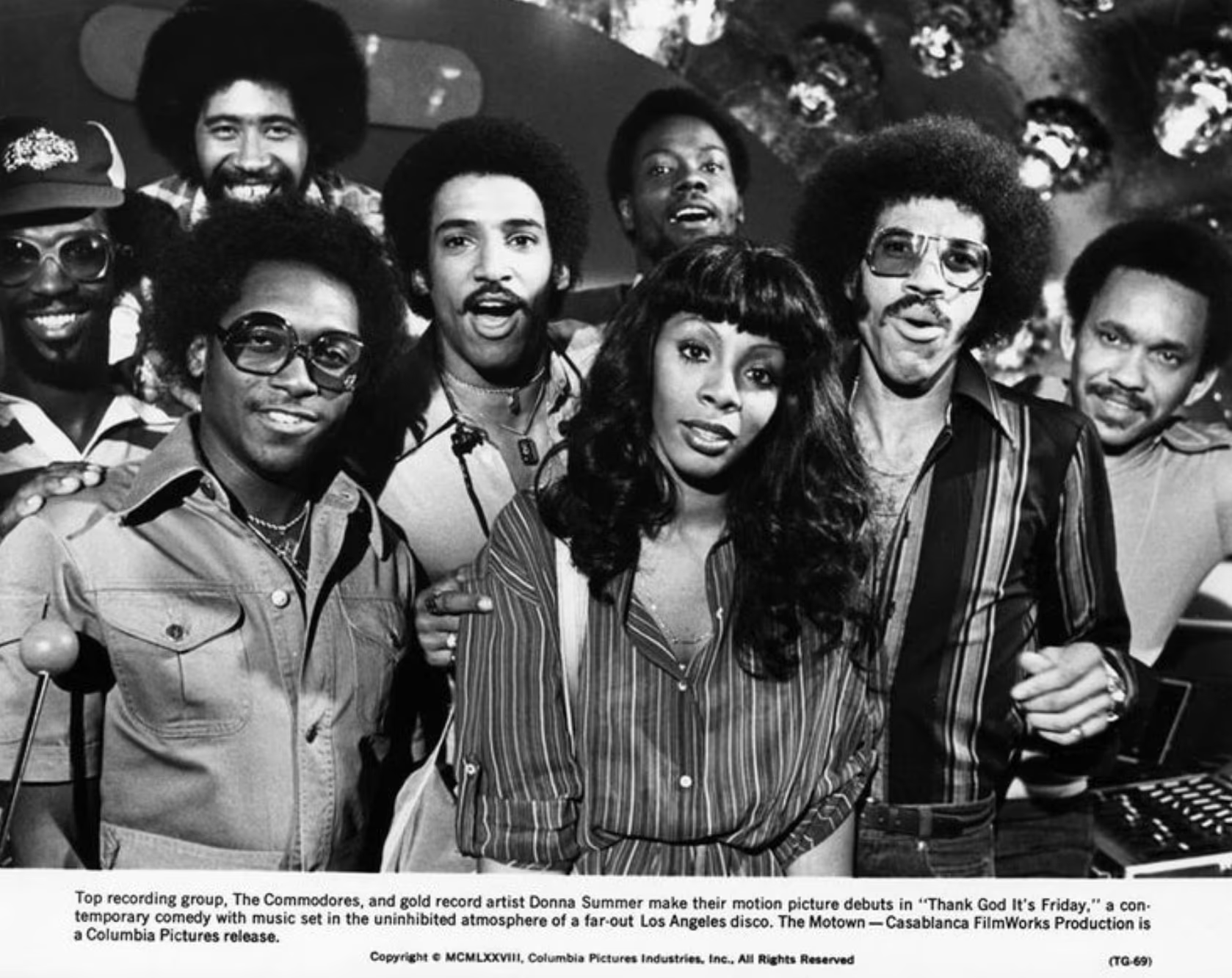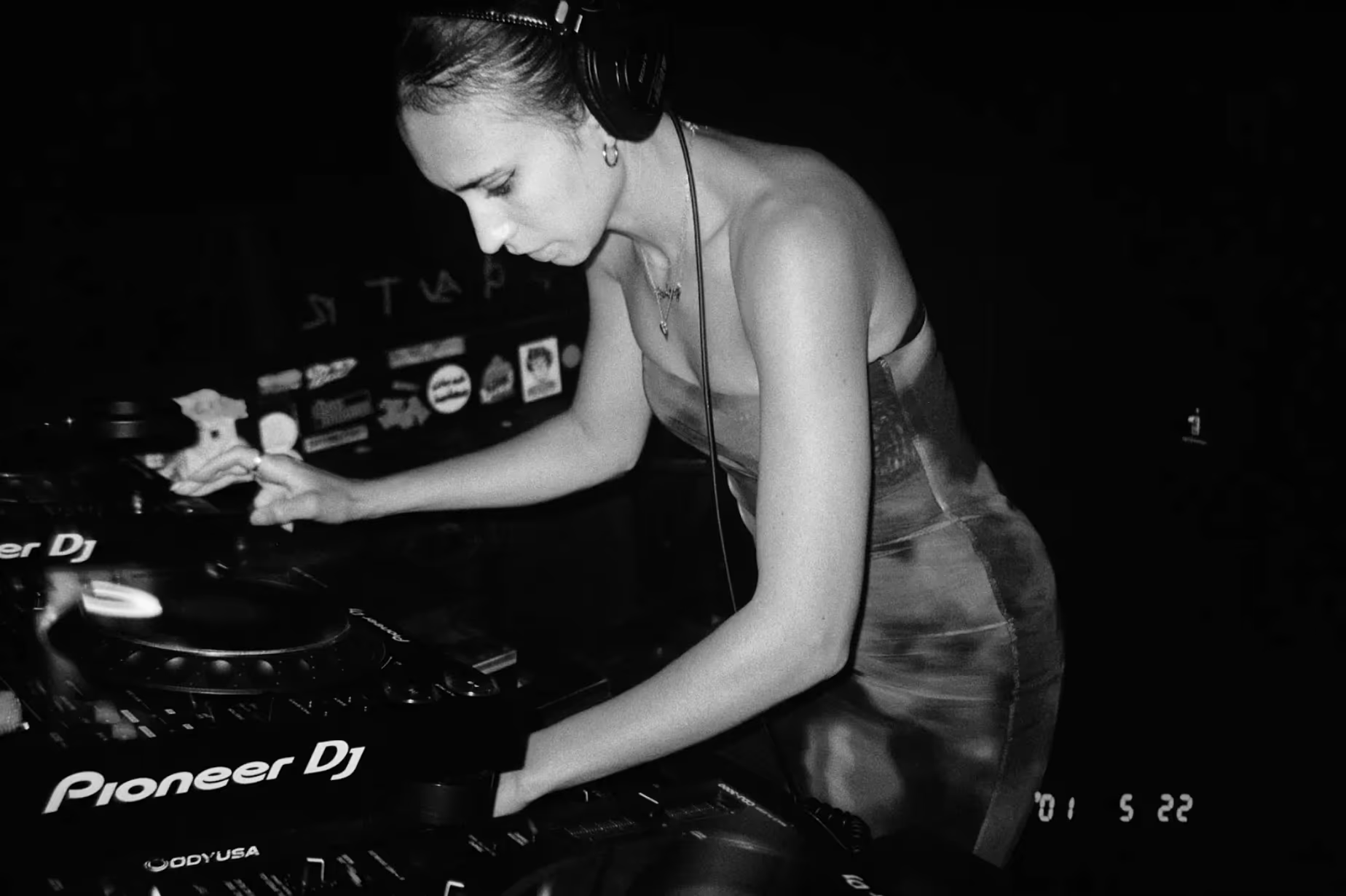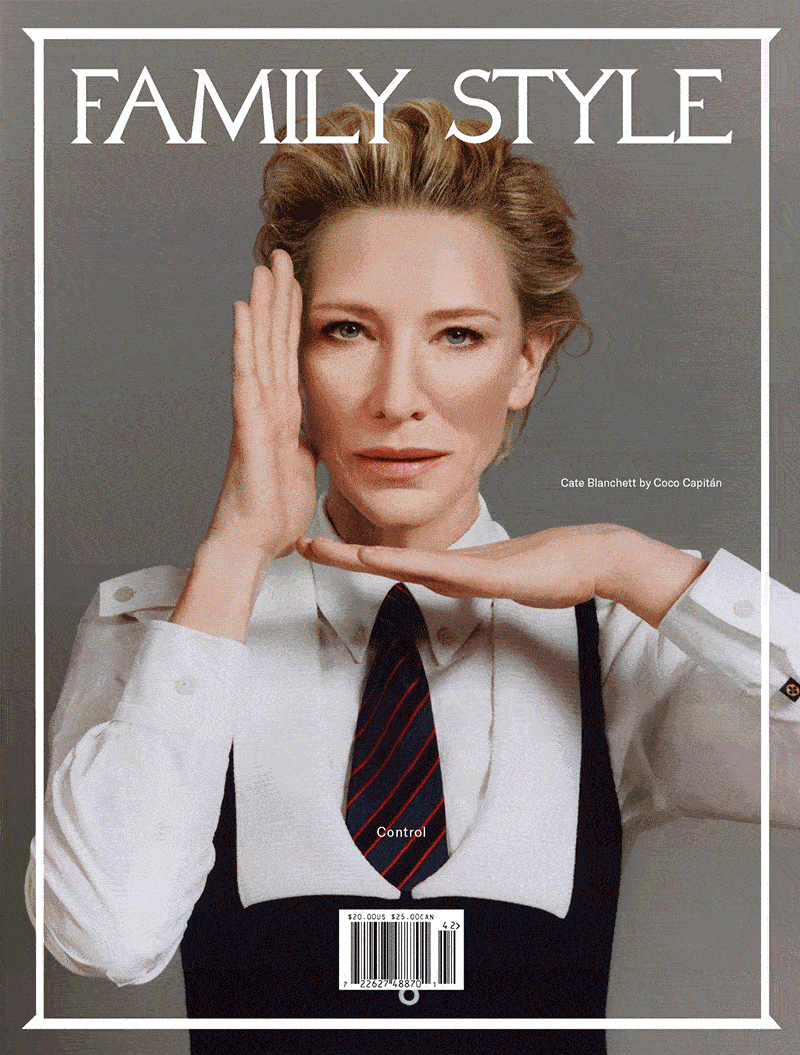.avif)
SEES00000 DJing an event in Los Angeles. Photography by Morgan Rindengan.
Soul music is a force that shoots off in every direction, landing deep in the heart of the believing listener, the dancer, and the D.J., reverberating in the bass that shakes the floorboards. Like the comforting taste of a bowl of gumbo, soul music nourishes the heart. As a chef, I’ve always been fascinated by the relationship between food and music, especially ours in Black culture. They both carry a deep connection to our history rooted in resistance, expression, and joy.
Growing up, songs like “Joy and Pain” by Maze and Frankie Beverly, “Kiss of Life” by Sade, and “Just Friends” by Musiq Soulchild were the soundtrack to every gathering, on the radio, in the kitchen while dinner simmered, and at family reunions where we sang and laughed late into the night. This music wasn’t merely heard; it was felt, shared, and embodied. Such an experience unites a generation of Black creatives who grew up on the nostalgic flavors and sounds of soul. “What I cook is soul food because it is nourishing my soul,” agrees chef and nutritionist Aiyanna Gabrielle. In the kitchen, music sets the tone. “If I'm feeling excited, it could be hip hop, or if I need focus, classic jazz.”

The Commodores and Donna Summer filming Thank God It's Friday, 1978. Image courtesy of Michael Ochs Archives.
When I moved to Chicago to attend college I found myself immersed in the underground music scene, from house to hip-hop. I sought out venues like the Promontory and Thalia Hall; those that platformed artists like Kelela and No Name. I spent nights in neighborhoods like Bronzeville that shaped the roots of soul and gospel for artists such as Curtis Mayfield and Sam Cooke. “I’m forever inspired by the food, dance, music, fine art, film, etc. that comes out of my city,” shares LA-based singer Ravyn Lenae similarly. “There’s something about greens, yams, and chicken that really strikes my spirit in a way that feels warm and inspiring,” Lenae’s modern soul sound draws inspiration from legendary singers like Chaka Khan, Minnie Riperton, Diana Ross, Stevie Wonder, Deniece Williams, and the landscape of Chicago’s creatives.
After finishing school, I headed west to Los Angeles, where downtown warehouse parties had the whole city moving to the beat of iconic sets by Theo Parrish. This is where, decades earlier, musicians Egyptian Lover and Uncle Jamm's Army ran the ‘80s late night scene. It wasn’t until I arrived in New York City in 2022, though, that I truly felt the pulse of Black culture through music and food. The city was once home to legendary spots like Well’s. The Harlem restaurant was where chicken-and-waffle originated and fed soul singers like Louis Armstrong, James Brown, and Billie Holiday well into the night after their performances at nearby venues like The Cotton Club and Connie’s Inn. As Holiday once said in an interview: “You've got to have something to eat, and a little love in your life before you can hold still for any damn body's sermon on how to behave.”

Magdalena O’Neal and Noah Ciccel at Marine Security. Photography by Emilie Wilde.
That same year I landed in New York, my friend Noah Ciccel, who goes by his artist name, SEES00000, called me out of the blue and asked me to help him with his new supper club, Marine Security. We cooked shrimp-cocktail toasts, cioppino, and whole citrus-stuffed fish together. I would experiment in the kitchen, and he would spin records for guests—the soulful, underground sounds of a Ghetto House LP by D.J. Nasty mixed in with “Let’s Stay Together” by Al Green set the tone for our meals. “I found confidence in my music through the act of service that comes from sharing food with people,” Ciccel reflects today.
Soul food and music both frame how we gather, share, and experience the essence of Black culture in both its triumphs and its quiet moments of rest. “Whether it’s developing a recipe or curating a D.J. set, food and music are intrinsically intertwined in my creative practice. Both serve as true expressions of the soul,” says D.J. and culinary producer Gabriella Lewis, whose Substack, Turntables, features monthly seasonal recipes alongside seasonally-inspired playlists. While this sentiment has grown into a whole genre of immersive food-music experiences, its framework is built on the foundation laid by the greats before us: Famously, Aretha Franklin celebrated her two Grammy wins in 1988 with a plate of Great Northern beans and cornbread.

Gabriella Lewis DJing in NYC. Photography by Evan Grothjan. Image courtesy of Gabriella Lewis.
The story of soul music starts with the legends of the past, like Cooke and Franklin—and is carried on by the ongoing evolution of the genre. While the sound of Black America continues to transform in new and exciting ways, its core remains unchanged: a powerful tool for healing, release, and connection. Rooted in culture, it moves forward while still honoring its history and shaping the future with every beat, every note, and every word. “Soul is anything that comes from a place where you can feel something within your being, whether that comes from music or a meal,” says Ciccel.





.avif)






.avif)

